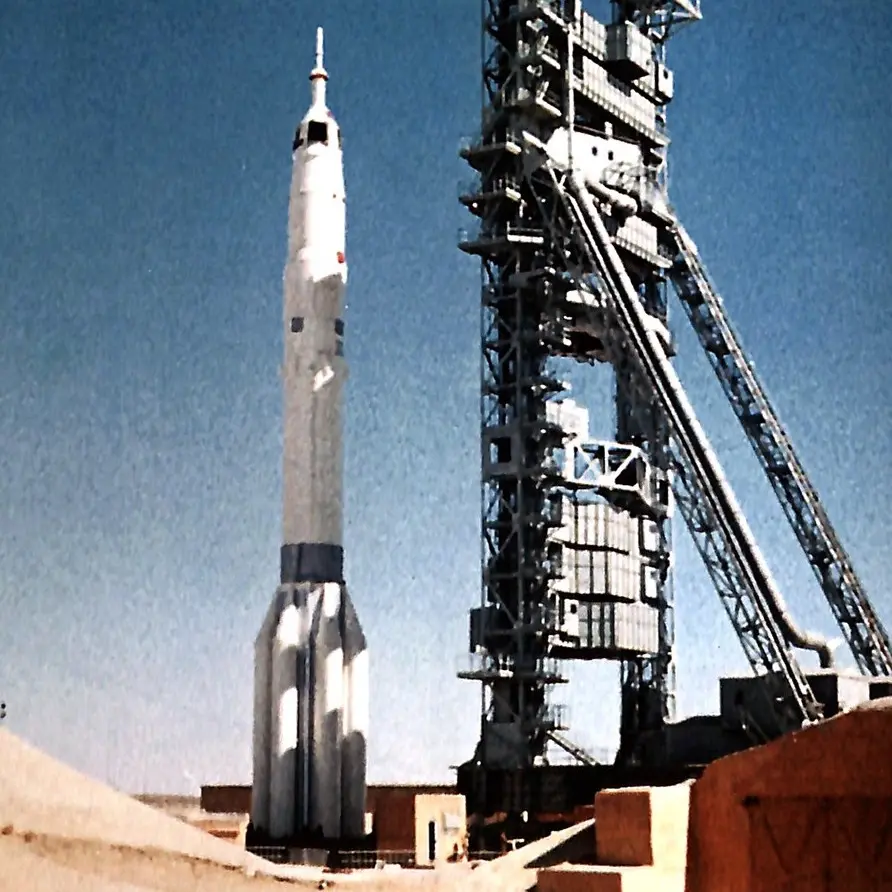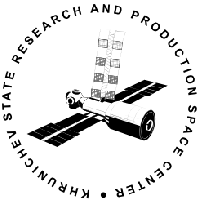Almaz 1
Launch Success
Liftoff Time (GMT)
15:12:00
Sunday March 31, 1991
Mission Details
Almaz 1
The Almaz-T (also designated Resurs-R) was a satellite dedicated to providing radar imaging capabilities used in geophysical, agricultural, geological, and environmental applications. The Almaz-T ("diamond") spacecraft design was based on the Almaz crewed orbital station. The Almaz-T spacecraft had two 100 m² solar panels and batteries to provide power. The spacecraft used reaction wheels to maintain attitude and 3-axis stabilization. The interior was pressurized by nitrogen to sea level. The Almaz-T program had its origins in 1981 when the spacecraft was originally designed as a military reconnaissance craft. Although the basic layout of the Almaz space station was retained, it did not have any docking devices, so no Soyuz or Progress service craft could be used. Almaz-T was designed and manufactured and operated by NPO Machinostroenye. The sensor was a 3 GHz (10 cm) S-band Synthetic Aperture Radar (SAR) that used two 1.5 × 15 m slotted waveguide antennas to obtain a resolution of 15 meters per pixel. Data was temporarily stored onboard using video tape recorders, and subsequently down-linked to the ground stations via the Luch GEO satellite. The first two missions carried each two Ekor-A SAR sensors, and Almaz-1 carried the improved Ekor-A1 system.
Low Earth Orbit
1 Payload
18,550 kilograms
Rocket


Manufacturer
KhrunichevRocket
Height: 56.14m
Payload to Orbit
LEO: 20,100 kg
GTO: 0 kg
Liftoff Thrust
9,469 Kilonewtons
Fairing
Diameter: 4.15m
Height: 16.12m
Stages
3
Launch Site
Stats
Proton-K
192nd
Mission
3rd
Mission of 1991
Khrunichev State Research and Production Space Center
2433rd
Mission
19th
Mission of 1991
1991
24th
Orbital launch attempt